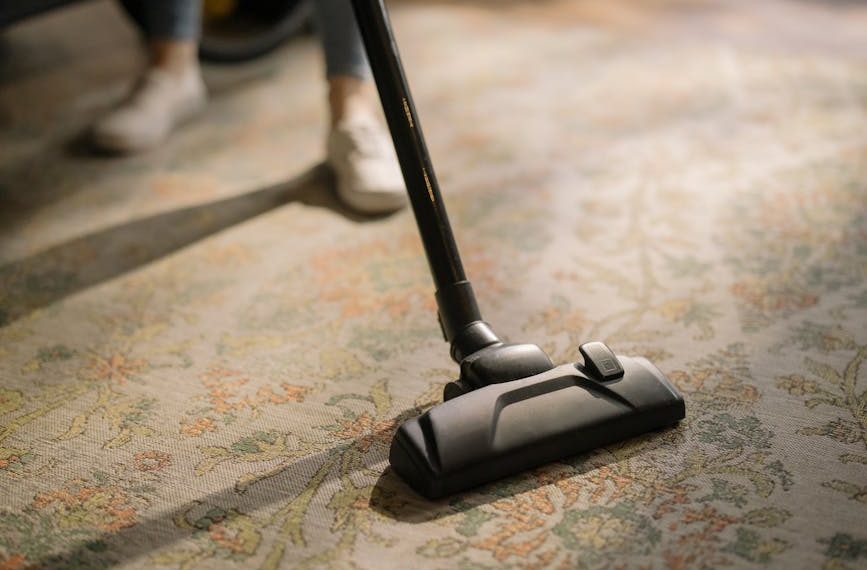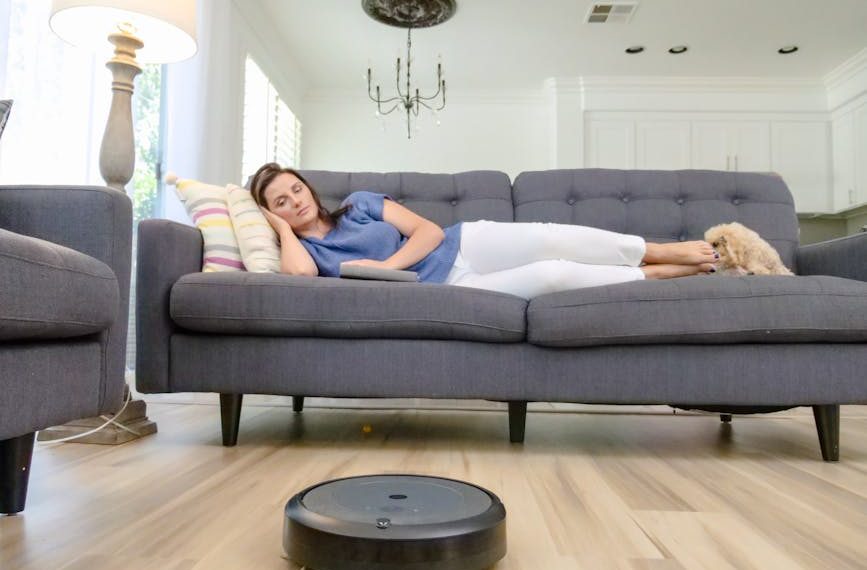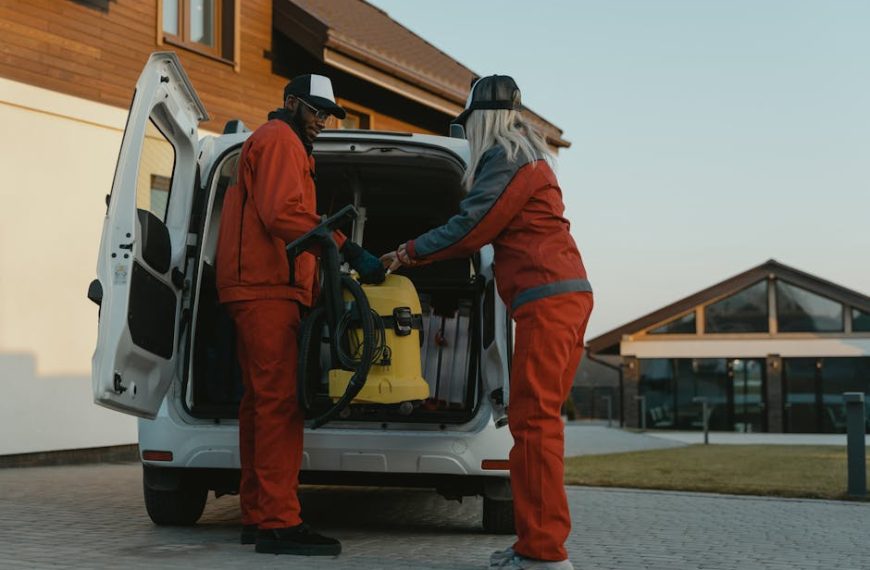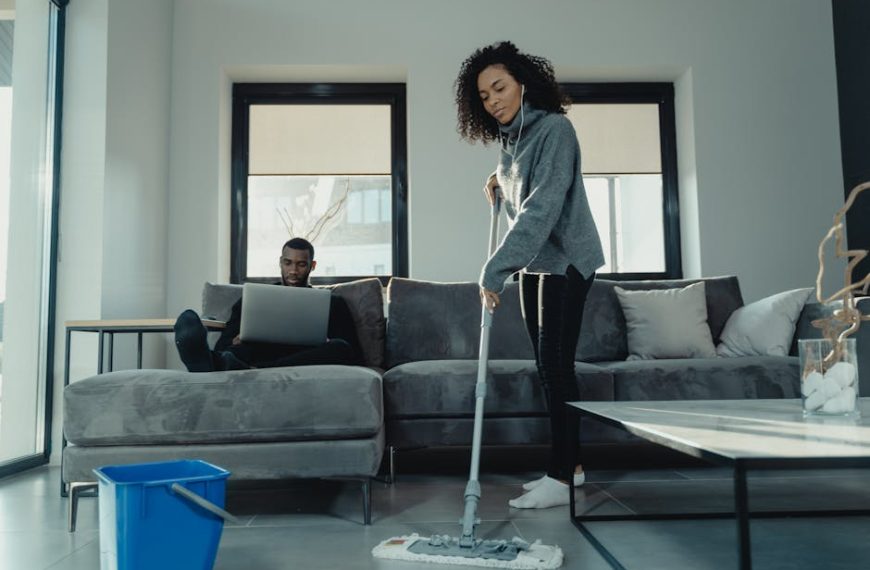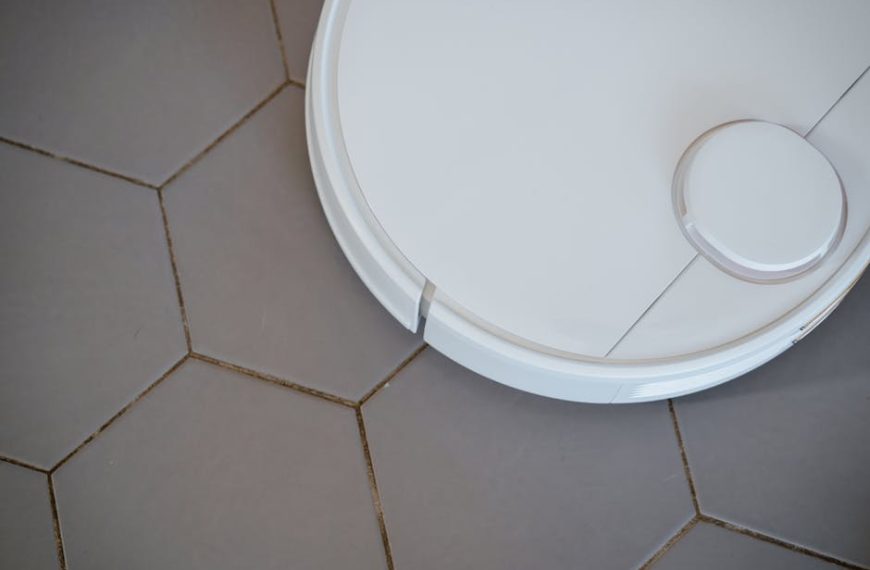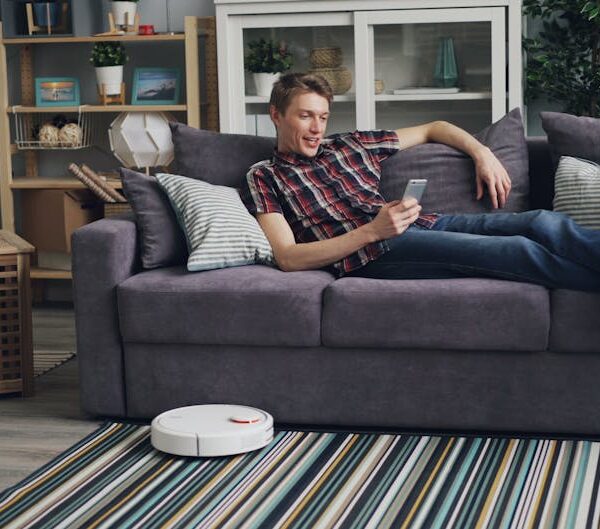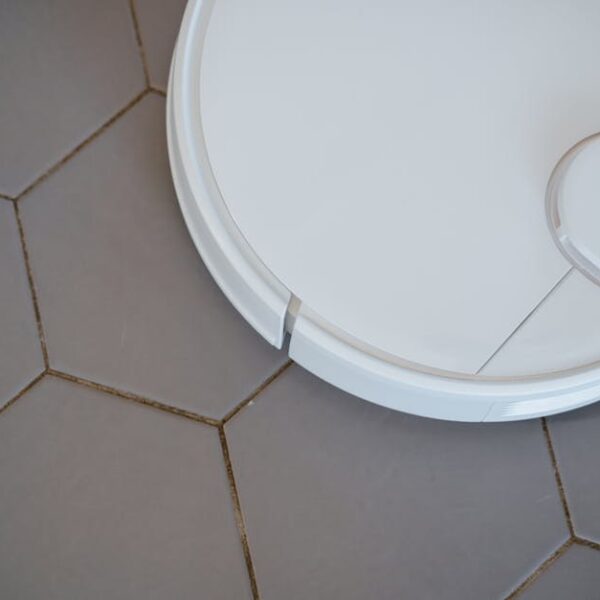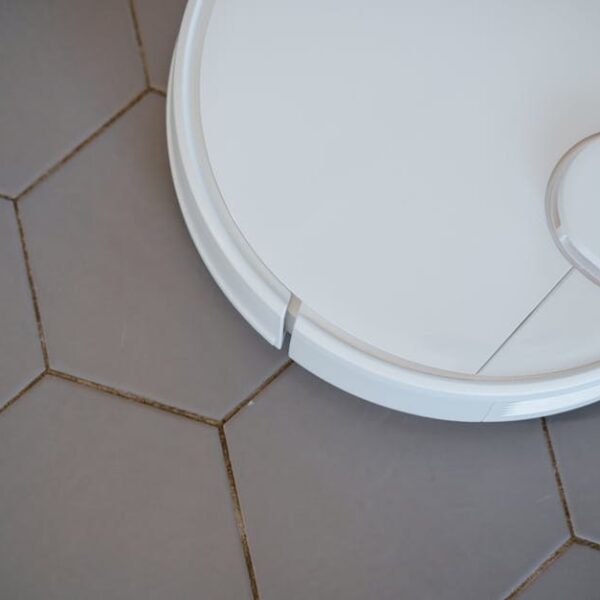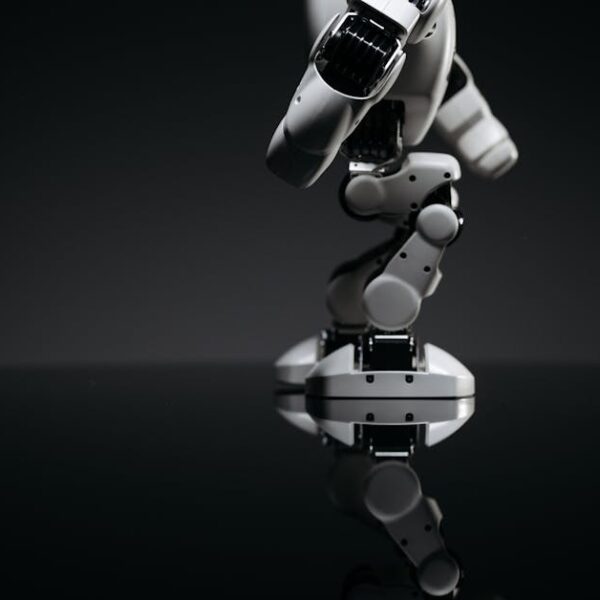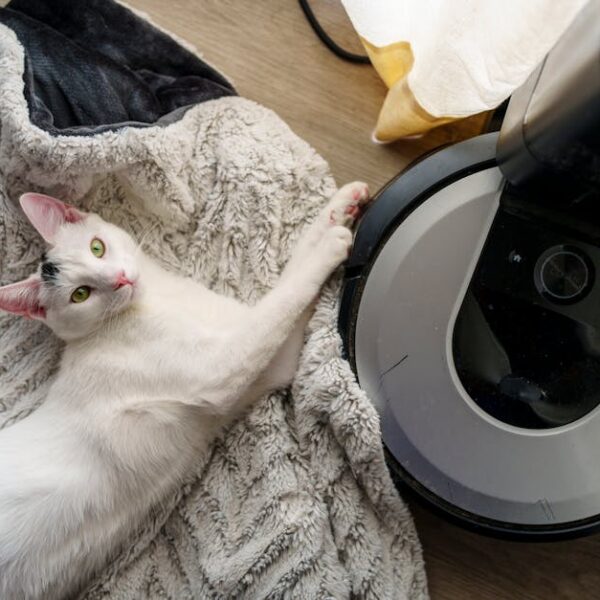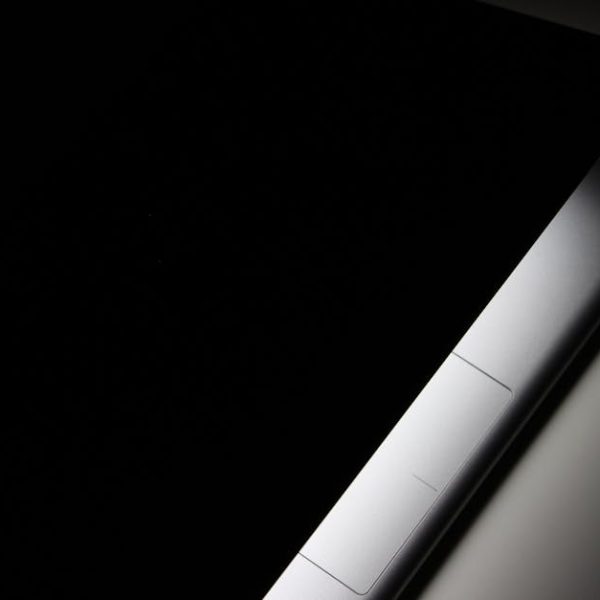Imagine having a small, round robot tirelessly vacuuming your home while you relax or focus on other chores – that’s exactly what a Roomba does. This smart device, built by iRobot, is designed to intelligently navigate and clean an entire home floor. However, to have your Roomba effectively clean the entire home effortlessly, it’s critical to understand how the device works and adopt certain best practices.
Understanding How Roomba Works
At its core, the Roomba operates using a suite of sensors and intelligent algorithms. Together, these technologies enable it to identify and adapt to various floor types, detect dirt, avoid obstacles, and automatically dock for recharging when its battery gets low. This suite of sensors also informs the Roomba’s patented iAdapt Navigation tech, which uses sensors to navigate your home seamlessly, even in the dark.
Key features and functionality of Roomba cleaners include:
- Dirt Detect: Identifies high-traffic or dirty areas and performs extra cleaning.
- Visual Localization: Creates visual landmarks for navigation.
- Auto-Adjust Cleaning Head: Adjusts its height to effectively clean carpets and solid floors alike.
- Edge-Sweeping Brush: Designed to clean edges and corners.
When operating a Roomba, understanding how to tap into these attributes is crucial:
- Ensure your Roomba can easily access all areas of your house by clearing obstacles and opening doors.
- Allow it to navigate organically, but place Virtual Wall barriers to keep it away from specific off-limit areas.
- Maximize effectiveness by emptying the bin regularly.
Tuning Roomba for Whole House Cleaning
To achieve whole-house cleaning, it’s essential to fine-tune the settings of your Roomba. By default, some Roombas are programmed to clean one room at a time. However, by changing some settings in the iRobot app, Roombas can be programmed to clean multiple rooms or an entire floor in a single cleaning cycle.
Checklist of settings to adjust:
- Automated Cleaning Schedule: Schedule your Roomba to clean when it’s most suitable for you.
- Multiple Passes: If your home gets very dirty, enable the Two Pass or Clean until the job is done option.
- Carpet Boost: If you have carpets, enable this option for deeper cleaning.
Maximizing Battery Life for Extensive Cleaning
Roombas generally come with a strong battery life spanning 60 to 120 minutes, often enough to clean an average home. However, for larger homes or more thorough cleaning sessions, it is advisable to maximize your Roomba’s battery life.
Roombat’s battery life can be optimized by:
- Turning off the Carpet Boost feature when not necessary. This feature consumes more battery.
- Allowing the Roomba to dock and recharge mid-cleaning if your house is larger than what it can handle on one charge.
- Keeping your Roomba clean and well-maintained.
It’s also valuable to understand that a Roomba cleaning on Hardwood consumes less power than when cleaning Carpet terrain, again due to the additional power the latter requires.
Ensuring Efficient Navigation and Complete Coverage
In order to guarantee that your Roomba is able to traverse your entire home efficiently, you should employ certain strategies to improve its navigation capabilities and ensure full coverage. These measures include properly positioning the docking station, effectively managing cords, and promptly removing obstacles from the Roomba’s path.
Here are some best practices for effective Roomba navigation:
- Place the docking station in an open area with at least 1.5 feet of space on either side to ensure the Roomba can undock and dock smoothly.
- Secure loose cords and rugs to prevent your Roomba from getting tangled or stuck.
- Remove clutter and any obstacle that could impede the Roomba’s movement.
Moreover, if you’re facing navigational issues, consider the following fixes:
- Roomba can’t find dock: Make sure there’s a clear linear path to the docking station.
- Roomba gets stuck often: Clear the area of drapes, cords, and small objects.
- Roomba misses areas: Use Virtual Wall barriers to manage your Roomba’s route.
Maintaining Your Roomba for Longevity and Performance
While Roombas are built to last, regular upkeep and maintenance play a pivotal role in their longevity and performance. Ensuring that your Roomba is clean, well-maintained, and looked after can result in consistent and optimal performance, leading it to serve you dutifully for years to come.
Here are some best practices for maintaining your Roomba:
- Regularly clean the brushes and filters to keep them free from dirt and debris.
- Check for wear and tear in wheels, and don’t hesitate to replace the battery when needed.
- Keep the docking station clean and free from dust to avoid charging issues.
Lastly, it’s important to perform specific tasks regularly to maintain your Roomba’s overall well-being. These tasks include:
- Emptying the bin after every cleaning cycle.
- Wiping the sensors clean for more accurate navigation.
- Periodically checking for software updates to ensure your Roomba is running on the latest software.
Conclusion
In essence, for your Roomba to effectively clean every corner of your house, understanding its functioning and using this knowledge to aid its performance is essential. Regular upkeep coupled with mindful usage can make a world of difference in the end. Adopt these habits and your Roomba can be a trusty, tireless cleaning companion for years to come.
Key Takeaway:
- Understanding the Roomba’s workings, specifically its suite of sensors and intelligent algorithms, is crucial for optimal usage.
- Tuning the Roomba’s settings like automated cleaning schedule, enabling multiple passes, and carpet boost can help in cleaning the whole house efficiently.
- Managing Roomba’s battery life by turning off power-consuming features when not needed and allowing it to dock and recharge during cleaning can enhance its functionality.
- Ensuring effective navigation by properly positioning the docking station, managing cords, and removing obstacles helps the Roomba cover all areas.
- Regular maintenance of the Roomba, including cleaning brushes, checking wheel health, and keeping the docking station dust-free enhances its longevity and performance.
In summary, mastering the optimal functioning of Roomba requires knowledge of its operations, mindful implementation of its features, and prioritizing regular maintenance. With these measures, you can transform your Roomba into a trusty and tireless clean companion.
FAQs
Q: How does Roomba’s Dirt Detect feature work?
A: Roomba’s Dirt Detect feature uses sensors to identify areas with more dirt or high-traffic areas and then performs extra cleaning in these zones.
Q: Can I manually control the Roomba’s cleaning path?
A: No, Roomba’s navigation is automatic. However, you can use Virtual Wall barriers to keep it away from specific off-limit areas.
Q: How often should I recharge my Roomba?
A: There’s no hard and fast rule but it’s a good practice to let it dock and recharge after every cleaning cycle or whenever the battery is low.
Q: Is the Roomba able to clean on different types of floor surfaces?
A: Yes, Roomba is capable of cleaning different floor surfaces from hardwood to carpet. It adjusts its height according to the floor type for effective cleaning.
Q: What should I do if Roomba always misses certain areas?
A: You may want to check for obstacles that could block the Roomba. Also, you can use Virtual Wall barriers to manage its route better.
Don’t hesitate to share this insightful article with other Roomba users and explore more of our extensive posts for other useful tips!

